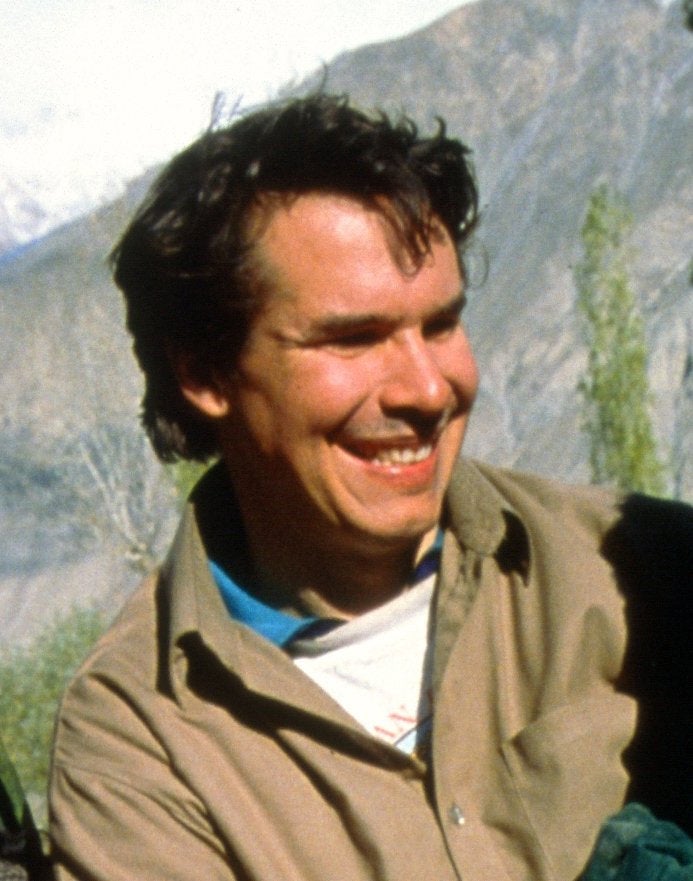
In October of 2008, like so many who will read this article, I found myself engrossed by Greg Mortensen's bestselling book Three Cups of Tea. It was while reading Mortensen's story that I founded Pencils of Promise to combine my experiences on-the-ground in the developing world with the focus on results and accountability I'd learned in the corporate sector. Three months ago as an avalanche of controversy arose from the 60 Minutes piece and subsequent Jon Krakauer e-book, the entire international development community seemed to be abuzz with the requisite "What do you think of this?" conversation.
Due to PoP's role as an emerging nonprofit in this space, countless people asked me loaded questions that begged for criticism of Mortensen. I did my best to reserve any judgment, and still do, leaning towards patience in hopes that the collective conscience of our community would seek some form of positivity from this situation. Unfortunately, nearly every article that I read cast an aspersion of stones towards the "Stones into Schools" author.
As countless critics sought shelter from the storm surrounding Mortensen, I wrote draft after draft of this article, especially after I felt my quotes on Pencils of Promise's model were used to portray criticism in a Fast Company article. Each time, I decided to withhold submitting this text until after the controversy had settled for one simple reason -- because I'm young. I'm 27 year old, and the three years that I've spent relentlessly dedicated towards my organization leaves me humbled by the depth of experiences of my predecessors. It didn't feel right to pen an article within an arena that so many others are seemingly more qualified to expound upon. Yet as the weight of industry criticism mounted in each of my readings, I realized that there's one simple reason that I should put my thoughts forward -- because I'm young.
The single most powerful element of youth is our inability to know what's impossible. Given that, I approach the creation of PoP and the possibilities of how a nonprofit should operate outside the confines of a preexisting template. More importantly, I come from a generation where we believe in collaboration ahead of competition. Given that, I view the Mortensen controversy as a watershed moment for our industry where we can finally admit just how difficult this work really is, and how important it us for us to work together to achieve our collective mission of making the world a better place.
The most abundant resources that we possess amongst the 1.5 million nonprofits in the United States are passion and knowledge, yet our most scarce resource is collaboration. The criticism of CAI should only serve to highlight the need for us to explore best practices in international development further. Given that, I'm happy to submit our findings at Pencils of Promise to open up such a dialogue.
The key elements to working in the developing world that we have identified thus far are four-fold:
- Local staff on-the-ground to oversee all operations, from the earliest meetings with community leaders to the purchasing of materials at local rather than Western prices, to the ongoing monitoring of each school's progress.
- Proper vetting of each community before breaking ground on any project. Our team of local coordinators works with the Education Ministry to identify high-priority communities, who then go through multiple evaluations based on Need, Sustainability, Cost Efficiency, Impact and Community Commitment.
- Community partnership in each project through sweat equity or actual financial funding. PoP requires 10-20% of financing to be provided by the village (which rarely has spare funds), so instead there is often full village participation in the gathering of materials and the build itself.
- School performance tracking through regimented monitoring and evaluation systems. We have a full team on the ground dedicated just to M&E that maintains a student database where we track every single student in our schools and survey both parents and students several times a year to ensure the quality, not just the quantity, of our impact.
CAI has clearly done a great job of building school structures, but the assertion that many of those structures are now abandoned should serve as a rallying call to invest more heavily in school support and sustainability, rather than discounting Mortensen's efforts altogether. Putting up four walls is very black and white, but empowering a community through access to locally sustained education is far more complex. It always surprises me when donors who operate successful businesses assume that just building a school structure means that a community now has access to education. When creating a business, does renting an office space now mean that you're producing goods, training staff and generating revenues?
Greg Mortensen has been able to accomplish tremendous feats by being one of the few people brave enough to work in the corners of Afghanistan and Pakistan to promote equal educational opportunities. Rather than altogether discounting everything CAI has accomplished, now is the time for productive dialogue to support one another. Hopefully we can all acknowledge that the goal is not just to build schools, but to enable education. Even the best amongst us can improve their model, so let's use this moment to start sharing the best practices we've identified rather than pointing out the flaws in others'.